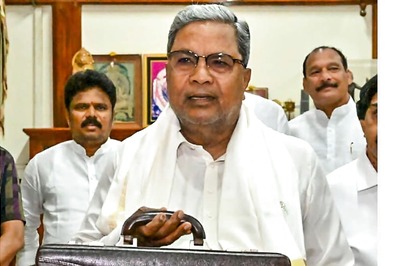
views
The Bureau of Energy Efficiency (BEE) had the right intentions. As incandescent bulbs use too much energy, it decided to replace them with compact fluorescent lamps (CFL). CFLs consume only a fifth of the energy used by the tungsten worms. Kerala had already shown the way by saving 300 MW of power in two years after replacing incandescent bulbs in households with 20 million CFLs. "So much so that there were no power cuts in the state last summer," claims Ajay Mathur, director general of BEE, a government agency set up to find ways to reduce the energy intensity of the Indian economy.
Voluntary adoption was difficult because at a minimum of about Rs 90 apiece, CFLs are prohibitively expensive. But after much thinking and tinkering, BEE found a solution in the Bachat Lamp Yojna (BLY).
The idea was simple. CFLs were to be sold at Rs 15 to every household in exchange for a common light bulb. The CFL suppliers would make up the discount by selling the resultant carbon credits. Delhi Chief Minister Sheila Dikshit flagged off a grand initiative in October last year to distribute 22 lakh CFLs to households (four CFLs per home in return for four incandescent bulbs). However, the project ran into some unexpected trouble.
The business model had made a crucial assumption on the price of Carbon Emission Reduction (CER), commonly known as carbon credit. One CER is equivalent to 1 tonne of carbon dioxide reduction. When the plan was made, a CER was trading at 12 euros. But after that CER price crashed to less than 5 euros. The project is now unviable (see graphic). Mathur, a champion of sorts for clean energy, now faces a problem. "This shift makes the whole thing unviable. The project is on, but it is not going as fast as I had expected," he says.




















Comments
0 comment